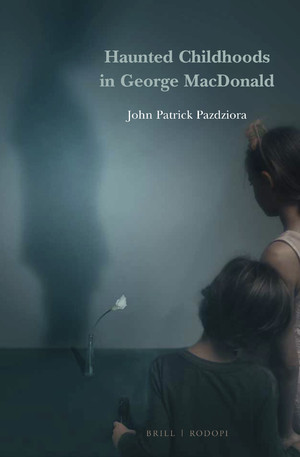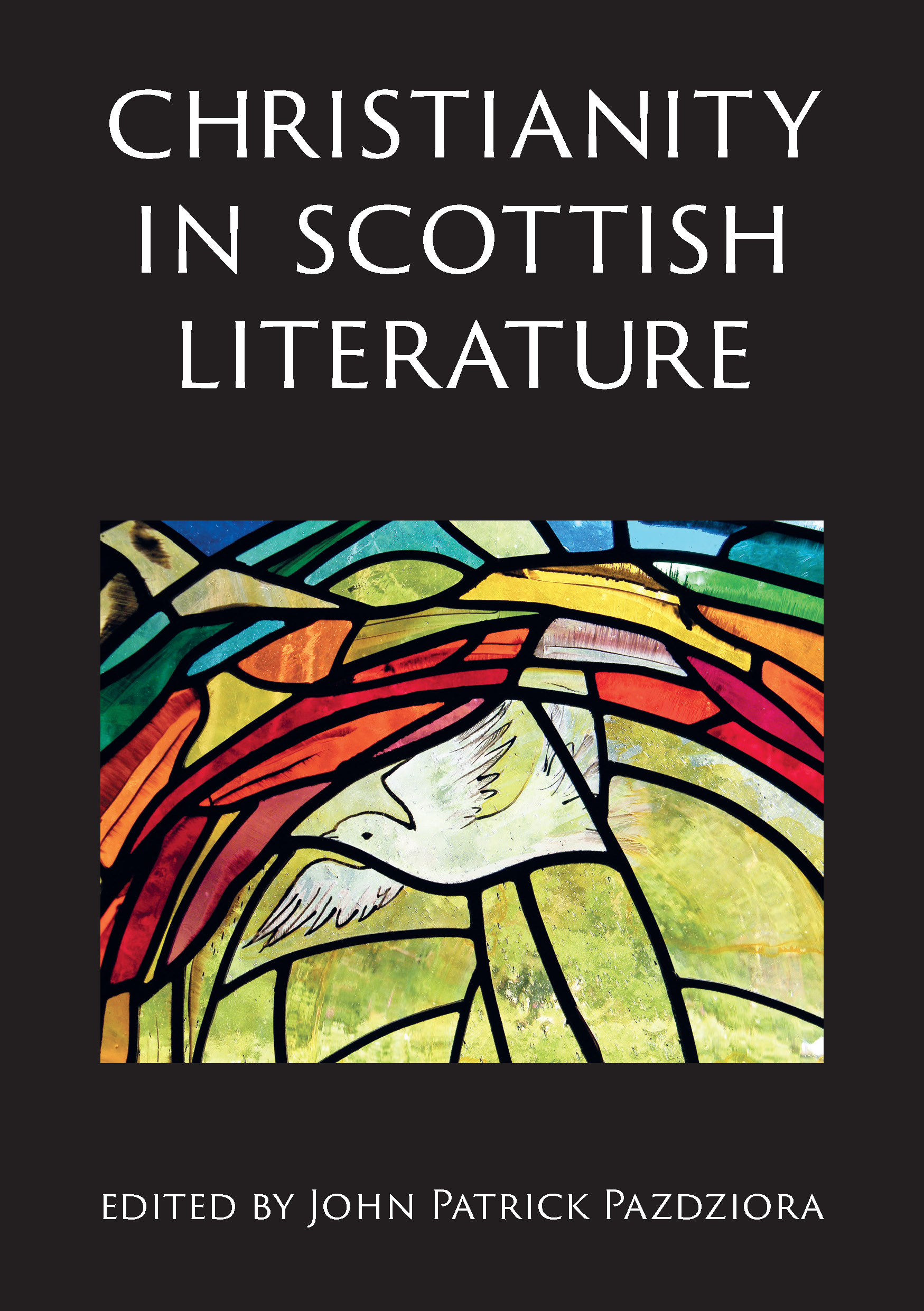
Title
SCROLL: Scottish Cultural Review of Language and Literature, Volume 29 Haunted Childhoods in George MacDonald
Size
221 pages, hardcover
Language
English
Released
August 27, 2020
ISBN
978-90-04-42059-5
Published by
Brill | Rodopi
Book Info
See Book Availability at Library
Japanese Page
George MacDonald (1824–1905) is one of Scotland’s most influential authors, a polymathic writer of poems, sermons, essays, and novels. He deeply respected children and wrote profound, emotionally complex works of children’s literature, hauntingly beautiful fairy tales which combine Scottish folklore with his own playful imaginings.
A devout Christian, MacDonald believed that the world exists through divine love. But death and the pain of bereavement seem the opposite of love. MacDonald was all too aware of such pain: when he began writing, he had suffered the deaths of his mother, three of his brothers, his half-sister, and his father. He struggled to reconcile his religious belief in divine love with his experience of loss.
Haunted Childhoods in George MacDonald considers how MacDonald helps his child readers think about death. Chapter One examines his earliest writing for a child: a letter to his 13-year-old half-sister Bella, written in 1853 as their brother Alec was dying of tuberculosis. He writes with whimsy and tenderness, urging Bella to trust in God’s love as the greatest good anyone could wish for.
The letter, sent from his home in south England, also reveals his deep homesickness for his family in the north of Scotland. But his next visit to Scotland was a sad one. Chapter Two recounts how in 1855, MacDonald received word that Bella, too, was dying. He hurried back home to see her and to help his parents. With the limited medicine of the time, there was little to be done except keep Bella comfortable as she wasted away from the disease. So, MacDonald took long walks in the countryside, had long conversations with his father, and read Bella fairy tales.
These images recur throughout his work: the Scottish landscape, deep conversations, and fairy tales, underlaid by fear of death. Chapter Three looks their appearance in his early Gothic novels. In these uncanny tales, fear of death is visceral and graphic: ghosts crawl from graveyards and shadows slouch through dark forests.
His stories for children are quite different. For instance, Chapter Four studies At the Back of the North Wind (1871), a story about a little boy dying from illness. When the North Wind comes to take him away from his parents, she is a tall, beautiful lady, who flies with the boy on marvelous adventures around London. Illness and death in this story almost seem attractive, a journey to a happier world.
But children, too, feel afraid of death and bereavement. Chapter Five shows how MacDonald frankly addresses their fears and offers reassurance. Each of his children’s books features a moment when the child protagonist experiences terrible fear that they are completely alone in the universe, that no one else even exists. But then the child is found by a parent or grandparent and is comforted.
The final chapter suggests that MacDonald’s achievement was almost unprecedented in Scottish literature. MacDonald used fairy tales to help children begin to understand his hard-won belief that divine love sustains the world, even in death.
(Written by John Patrick Pazdziora, Project Assistant Professor, Graduate School of Arts and Sciences / 2020)
Table of Contents
Introduction: ‘The harvest of the grave’
0.1 ‘Stranded by night on the low coast of Death’
0.2 ‘To no system could I subscribe’
0.3 ‘The essence of religion’
0.4 ‘Joy of Being’
0.5 Contents Outline
1 ‘Is there a fairy-country, brother?’: Letters from Arundel
1.1 ‘The best thing’
1.2 ‘Serious difficulties in the church’
1.3 ‘The aspiring child’
1.4 ‘Trying to catch the corn-scraich’
1.5 ‘The theme that most inspired George MacDonald’
2 ‘Any other child is like me’: Sickness at Huntly
2.1 ‘I should not have known her’
2.2 ‘Childness’
2.3 ‘Trees are growing coffins’
2.4 ‘The outward form of birth’
3 ‘A whole churchyard of spectres’: Death from Within
3.1 ‘The Psyche is aloft’
3.2 ‘I was dead, and right content’
3.3 ‘The Father of fathers’
3.4 ‘I brooded over tales of terror’
4 ‘Death and other painful realities’: The Dying Child
4.1 ‘What he did remember was very hard to tell’
4.2 ‘I do not think he was right’
4.3 ‘I thought you were dead’
4.4 ‘People call me by dreadful names’
5 ‘Questions that can never be answered’: The Child Alone
5.1 ‘The sun, moon, and stars lived there’
5.2 ‘Jesus is dead’
5.3 ‘Mountains and valleys’
5.4 ‘Alone in the strange night’
5.5 ‘We are all orphans, you and I’
6 ‘I should so like to be myself’: The Stolen Child
6.1 ‘I don’t like the fairies’
6.2 ‘Hold me fast and fear me not’
6.3 ‘The right critics of them will be children’
Conclusion: ‘Now we must wait’
Bibliography
Index
Related Info
David Robb (University of Dundee): “John Patrick Pazdziora’s new book offers a notably clear, focused, and carefully argued account of a crucial dimension of George MacDonald’s vision: his treatment of the theme of death in that central aspect of his achievement, his writing for children…. Notably, also, the book firmly roots its account of MacDonald in his Scottish origins, experiences, and inheritance.”
David Jasper (University of Glasgow): “This is a book about children and other serious things—haunted childhoods, death, and mystical theology. It reveals George MacDonald as far more than the Victorian genius of C. S. Lewis, but a major Scottish writer and, in his way, a serious religious thinker.… John Pazdziora’s work makes a profound contribution to the study of literature and theology as well as being a major contribution to work on the writings of George MacDonald.”
Marysa Demoor (Ghent University): “Pazdziora’s innovative and insightful exploration of the work of George MacDonald is a must-read for all those scholars intrigued by the late nineteenth-century infatuation with death, the young child, and the imprint of religion, and the tensions within that unlikely combination.”



 Find a book
Find a book


